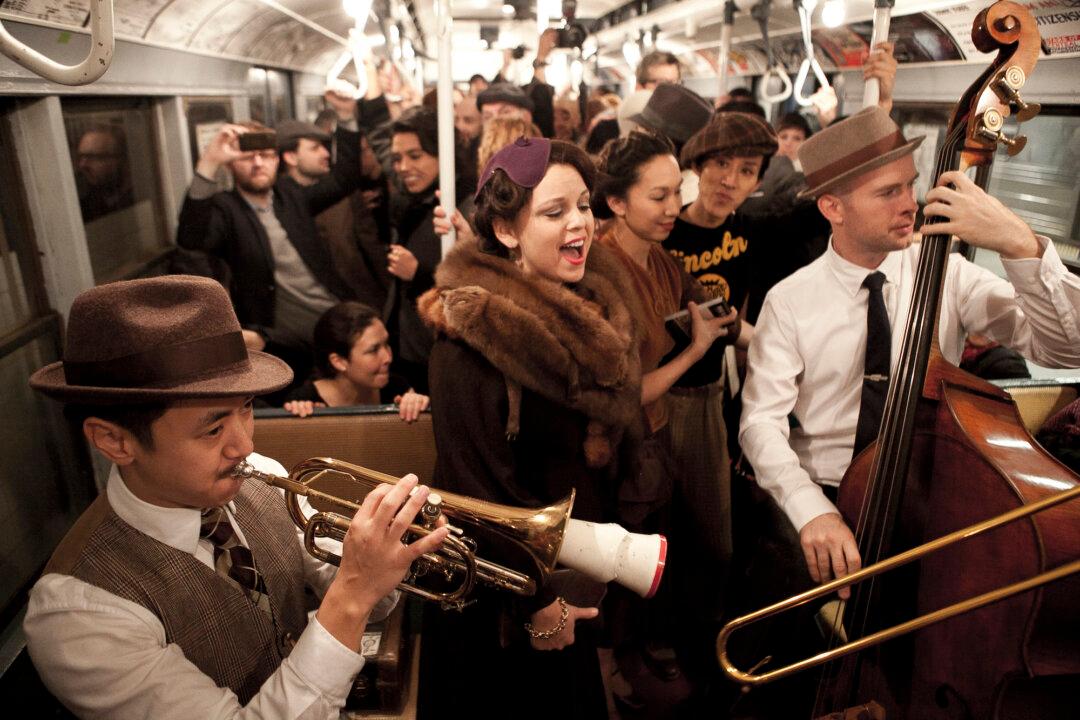When the internet made it onto the consumer market, William Lind said he wouldn’t use it.
Lind was working for a U.S. senator when the office brought in computers with internet, and these clunky early machines seemed far from efficient. He declined to use one and was even willing to resign over the issue if forced.






